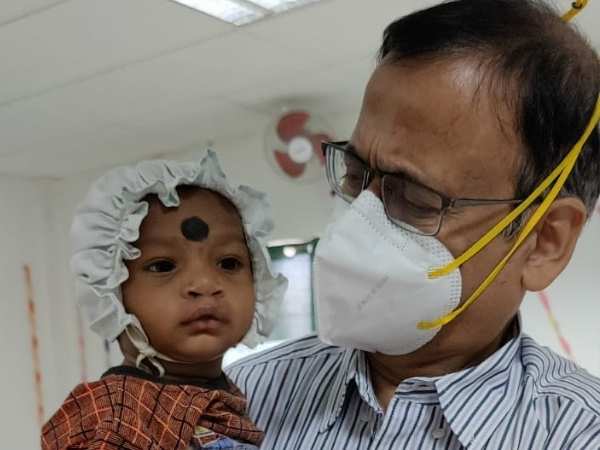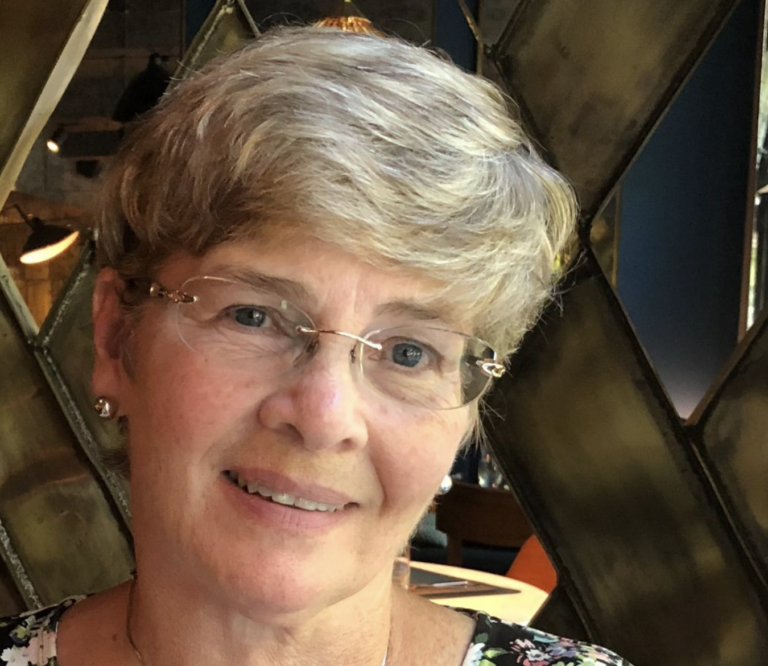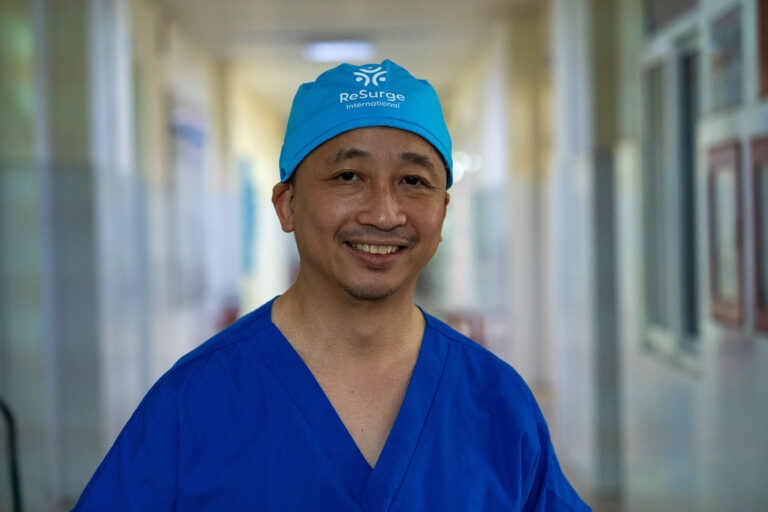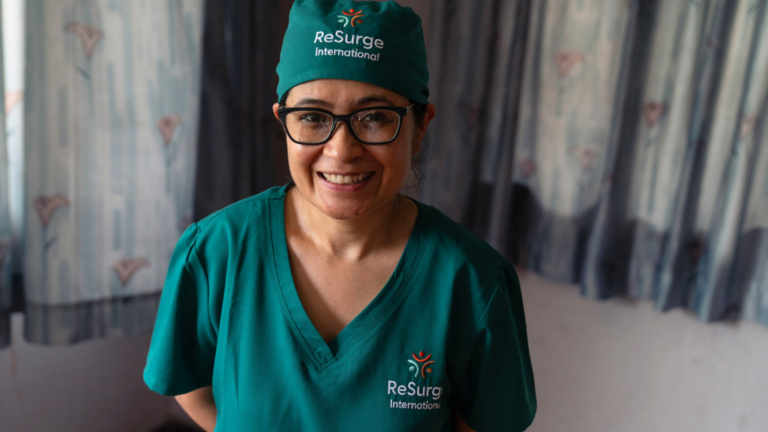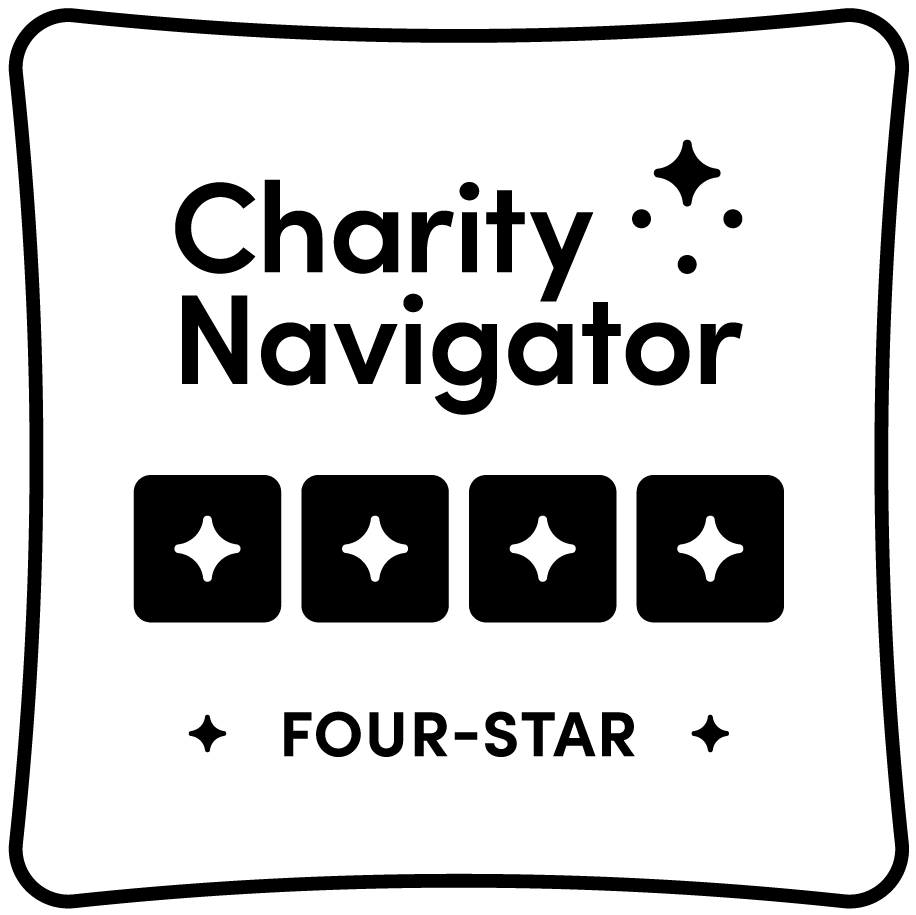For over six years, Dr. Bharatendu Swain has been a ReSurge International Surgical Outreach Partner. He is a skilled reconstructive surgeon and founder of the Aakar Asha Hospital in Hyderabad, India, a completely charitable hospital focused on deformity correction. We are so proud to support Dr. Swain’s incredible work. His passion for his patients runs deep, providing them hope and opportunities for the future. In fact, a former patient even became a nurse at his hospital after his life-changing care!
Dr. Swain is an advocate for equal access for medical training and education, ensuring that all have access, and not just those with the financial means. To combat this inequality, he created his own surgical skills training program. Dr. Swain is a wonderful example of the passionate, driven, and dedicated surgeons that ReSurge has partnered with and we look forward to continuing to help him in his efforts at Aakar Asha Hospital.
We caught up with Dr. Swain to learn more about this incredibly compassionate surgeon, ReSurge partner, and hospital founder.
Tell us a little about yourself and your background.
After I finished my reconstructive surgery training, I spent time in Adelaide, Australia and the UK before going to Kuala Lumpur, Malaysia. I eventually returned to India where I did some work as a lecturer. In 2001, I started a charitable trust doing reconstructive surgery camps annually and then monthly. In 2012, I began work creating a charitable hospital in Hyderabad. We now have a charitable hospital with 130 beds and that is where I currently practice surgery and treat patients.
What made you want to go into medicine?
That was actually an accident! I didn’t want to do medicine at all. I was originally a philosophy student. My mother somehow tricked me into taking the medical student exam. I ended up passing and going to medical school. It has been a great journey and ended up being one of the best and most fulfilling paths I could go down.
Why did you decide to pursue training in reconstructive surgery in particular?
You’ll often find that many surgical students entering the reconstructive surgery field have the misconception that they are entering a plastic surgery program, focusing primarily on aesthetic surgery instead of cases with serious injuries or trauma. I actually had the same misconception. I was exposed to reconstructive surgery thanks to a friend of mine who invited me to his hospital as an observer. After I saw the difference surgery made in the lives of his patients, I knew this path was much more complex and meaningful than what I was doing at the time. People often hear plastic surgery and think of aesthetic things involving Botox and the like, but that isn’t what I do. I get to help people live fulfilling lives and give them long-term results. Patients that I see will have a higher quality of life not just in the year after they receive surgery but in 20 or 50 years down the line.
How did you become involved with ReSurge?
I originally became aware of ReSurge when a team visited in 2012. It was a great opportunity to understand the goals of ReSurge’s work, which included helping with surgeries, but also providing training to those in the areas they visit. A few years later, I was invited to give a presentation in Kathmandu, Nepal to explain my work with ReSurge and our hospital. I was excited about the opportunities and resources that a partnership would provide.
What are you most proud of as a reconstructive surgeon?
That’s a really funny question to me, because I would honestly say nothing. Pride is not a factor for me. The work I do is humbling. Because the hospital is charitable, many of our patients are very poor and often in pretty bad condition from their deformities or injuries. I try to view their situation from their point of view, removing any pride I have from my education or profession. What matters is that my patients have good outcomes and good futures.
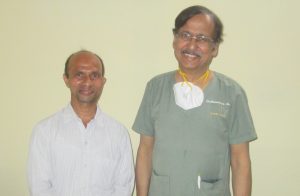
What types of reconstructive surgeries do you perform the most?
The most common patients I see are birth differences and burn deformities, particularly on the hands. These injuries are often on people under 18 years old. Since they cannot afford medical care, we often also see these deformities have gone untreated for long periods of time creating problems in their daily lives.
What patient stands out to you the most and why?
I have treated so many patients, and I like to think that each of their stories is important. Although, one does stand out. I once treated a very young girl from a poor village who had fallen into a fire. She was very badly burned, particularly around her hands. The surgery went well, and she was able to write and go back to school. Many years later, I was back in the village doing a research study when I came across that same girl. I asked her what she was doing with her life and she said she had decided to become a nurse after her experience as a child. I was very impressed and happy with her career choice and told her that if she finished her nursing courses to contact me. She did eventually finish, and we were able to get her to come work at the hospital with us. When she began working, I had trouble with my patients accepting her due to the scarring from her childhood injury. If they asked to be assigned to a different nurse, I would tell them, “Just give her some time. If you still don’t want her, we will get you a new nurse.” When I would come back to check on these patients, she would have them eating out of her palm! She was a great nurse and became a favorite among the patients. Her story is a great example of the stigma that many patients have to overcome, but how these reconstructive procedures can truly change a patient’s life and ability to function. This story is one of my favorites because it shows the possibilities and futures that are given to our patients when they have successful operations.
What challenges do surgeons in India face?
A big challenge in India is the lack of access to education for future doctors or surgeons. Only people who have enough money to pay for the schooling and expenses can receive medical training. If someone has the drive and smarts to become a doctor, they should be allowed to! However, costs often stop these aspiring students. Another struggle for these students is location. If they are in an area with limited educational resources then they won’t be able to get the training in the specialties they need.
How does ReSurge help you address challenges in your country and in your practice?
Working with ReSurge has helped make my 130-bed hospital for deformity correction fully charitable. Creating a completely charitable hospital is not easy because everything costs money. Operating on people without cost is my passion. I am able to provide affordable, safe surgery for patients with burns deformities due to ReSurge’s support.
What type of training does ReSurge offer to your team and staff?
During COVID-19, ReSurge has offered online virtual trainings and grand rounds. They have been great resources for me and my team. I try to attend all of them!
How has COVID-19 affected your work and your patients?
India has struggled with COVID-19 due to limited medical resources and hospital beds. We rose to meet the COVID-19 challenge setting up a 23-bed ICU and 32-bed step down ward with funding from the community. Our reconstructive surgery work reduced for 2 months and has increased since then. Our outreach program evolved from periodic camps to that of continuous, remote identification across geographies.
What are your goals for the future of reconstructive surgery in your country?
I talked before about access to education. I started a medical training program in 2001 for medical students who couldn’t afford expensive training courses in basic surgical skills. I used core principles and local resources to overcome challenges. We had to get creative. For instance, we used chicken skin to teach suturing techniques. It is essential we open up more educational opportunities. A goal for the future of my country is expanding education, particularly in medical specialties, to more people. As access to health evolves, we are preparing to widen our reconstructive surgery efforts to include the poor across India.

